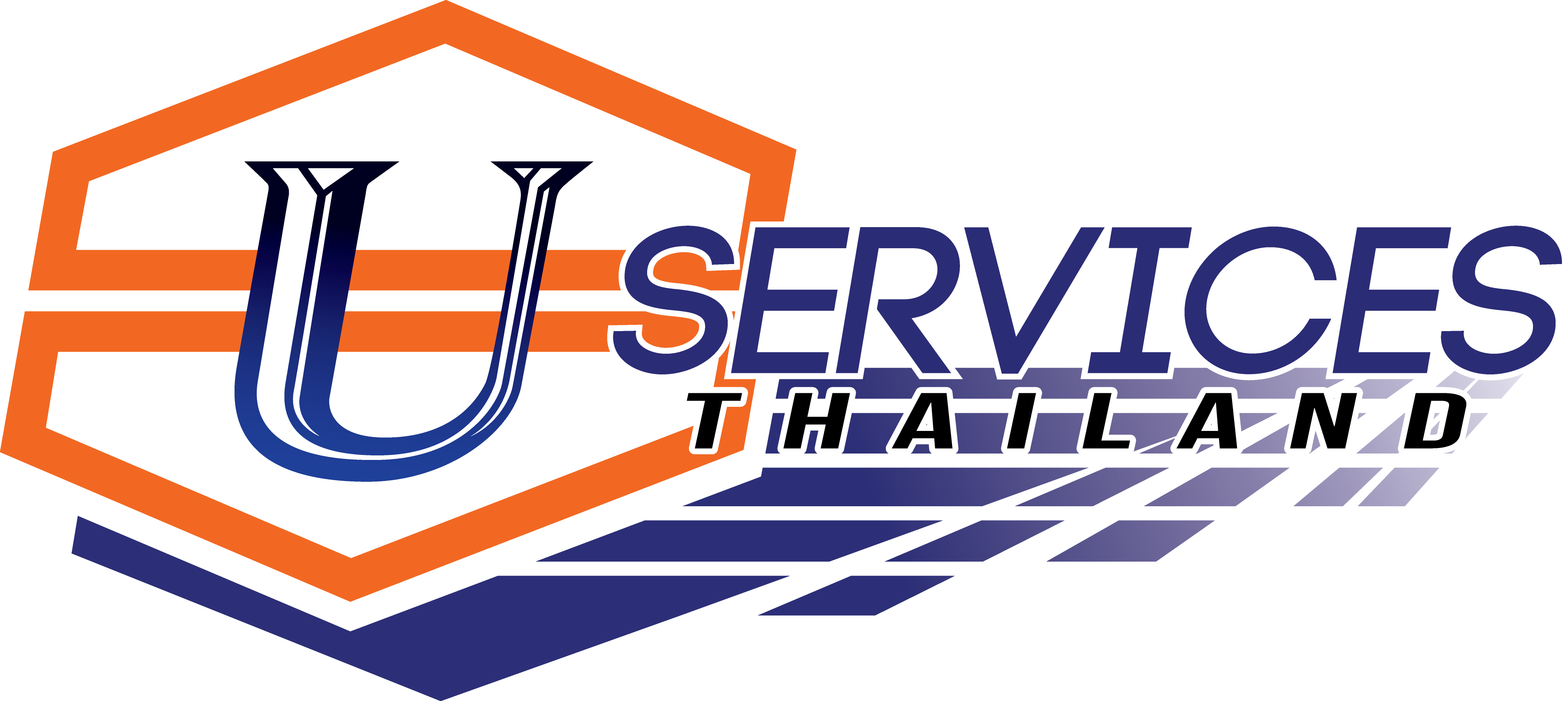Construction Accounting 101: A Simple Guide for Contractors
Список стран и их валюты
March 15, 2022Accounting Assistant III A&S Dean’s Office 524050 Tuscaloosa, Alabama, United States
July 27, 2022
Importantly, they can also identify costs shared between multiple jobs, like equipment, and calculate a fair way to distribute those costs, which is called overhead allocation. When all of that job data is recorded and organized, the result is actionable reporting that project managers and foremen can really use to make informed decisions. Contractors are able to coach their project managers and superintendents on how to supervise costs and production successfully. Estimators are able to know the true break-even cost even in tight bids.
RedTeam: Best for project management
Retainage is the portion of the agreed-on project price that is withheld until the job is completed, or for a specified period. The goal of this long-standing practice is to create a financial incentive for contractors to complete the project satisfactorily and to protect owners if problems appear. Retainage amounts are often substantial, amounting to 5% to 10% of the contract value.
Construction billing
Bookkeepers need to enter all expenses for each project, typically ensuring each entry is correctly coded so that it is accurately categorized and allocated to the right project. Public companies and many larger businesses must use accrual basis accounting to comply with U.S. For contractors, revenue recognition is a complex topic, largely because of the long-term nature of many projects. The choice of revenue recognition method depends on factors such as the size of the contractor’s business as well as the duration and type of projects the company works on. Construction accounting includes unique concepts that reflect the specialized practices and requirements of the building industry. These concepts span the entire project lifecycle, from estimating to billing and revenue recognition.
Contract revenue recognition
She’s passionate about helping people make sense of complicated tax and accounting topics. Her work has appeared in Business Insider, Forbes, and The New York Times, and on LendingTree, Credit Karma, and Discover, among others. This will make https://www.bookstime.com/ it easy for you to send invoices online, track expenses, monitor payment status, generate financial reports, and more. Revenue recognition is how a a business determines when they’ve officially earned revenue from a contract or project.
Best practices for accounting and bookkeeping for a construction business
Consequently, understanding the percentage of completion method becomes critical. It entails recognition based on the degree of work finished within a period. If you need help getting started or have outgrown handling your construction company’s books on your own, schedule a call with Slate. We can help you take the right approach to managing your successful construction business and ensure you’re generating enough revenue to cover all costs while still turning a profit. Recognizing revenue correctly is essential for construction accounting because construction contracts are often long-term and have an agreed-upon payment schedule.
How do I choose the best accounting software for my business?
You’ll be able to streamline payroll administration making sure everyone is paid timely and correctly. The Forbes Advisor Small Business team is committed to bringing you unbiased rankings and information with full editorial independence. We use product data, strategic methodologies and expert insights to inform all of our content and guide you in making the best decisions for your business journey. Dive deeper into industry hot topics to help your business stay ahead of change and plan for what’s next with our complimentary webcasts, available to view on demand. Setting rates or establishing caps for equipment inventory can help monitor cost accumulation and keep projects on budget. Improving the efficiency and effectiveness of your equipment program can also help boost profits and your bottom line.
Job details

The percentage of completion method has numerous advantages for companies that are balancing several long-term projects. Most importantly, this method enables financial managers to get a clear view of the current financial status of each project as well as the financial horizon as each project progresses. No matter where you call home, we provide construction accounting services to clients across the United States.
Job costing is the practice in construction accounting of tracking costs (like indirect costs and direct costs) to particular projects and production activities. With Jonas Construction’s integrated construction management and accounting software, businesses can unify their field and back office operations together in real-time. And when cost and revenue data flow directly from the field to the back office, contractors can stay apprised of their latest cost and financial updates.
Cash method
- The software makes invoice routing easy and conveniently reconciles things with the GL when paid.
- Its feature-rich platform starts by allowing you to manage multiple companies where you differentiate projects.
- Construction businesses that have annual revenues exceeding $25 million over the last three years are required to use the percentage of completion method.
- To bring you valuable data and analysis that helps benchmark your company against competition—so you can make informed decisions about everything from salaries to inventory.
- Ideally, contractors should document a change order process in the original project contract.
Contract terms commonly allow 30, 60, or even 90 days or more to pay invoices. As a result, revenue recognition and cash management in construction both carry special considerations. Contractors need precise tracking accounting services for construction and reporting, as well as collection and cash-flow strategies. However, each contract type — in combination with the company’s chosen accounting method — will affect the business’s finances and accounting system.

